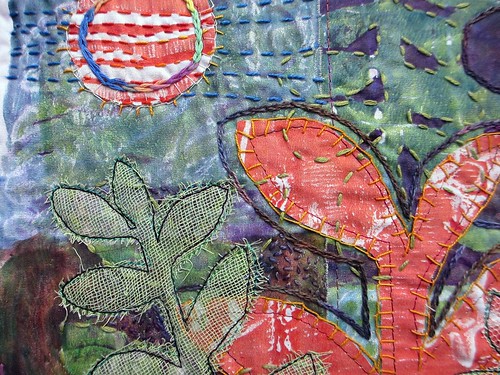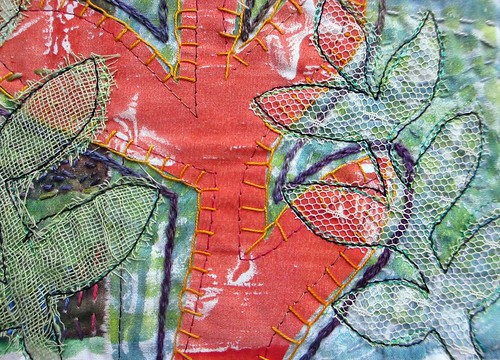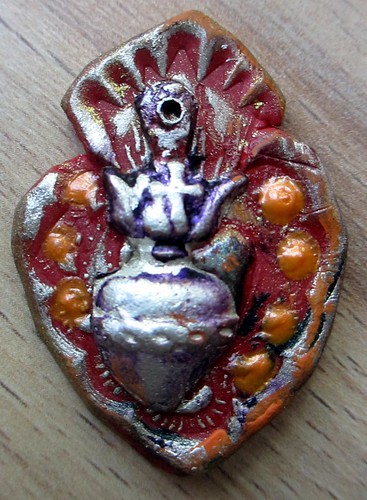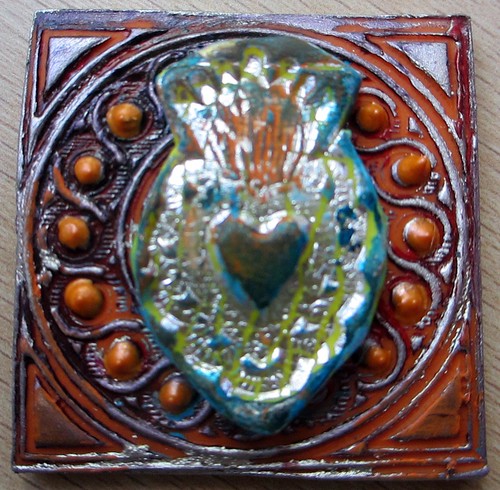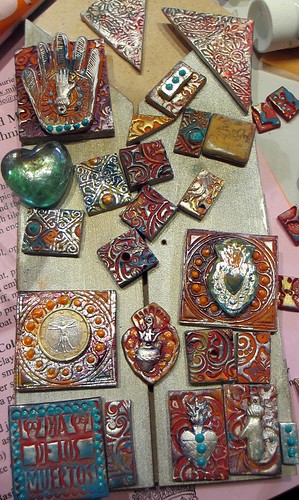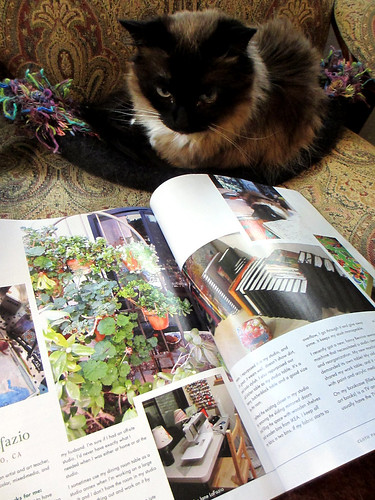Nurture the creativity already present in each student and validate what they do.
Midwife the process rather than product. Encourage student interpretation of the lesson
Allow students to work with their own styles. Never assume your student knows what you mean. Meet the students at their level and encourage them to move them to the next level.
 |
| Demo techniques clearly and simply |
Teaching:
State agenda and show clear organization. Know the subject inside and out. Have a supportive attitude, with knowledge and competence. Teach it all, hold nothing back. Share your successes and failures.
Make sure everyone can see demo. Teach techniques in multiple ways: kinesthetic, auditory and visual, Demo techniques clearly and simply. Teach just one or two techniques at a time. Do a demo multiple times. Adapt and redeliver what you teach to each student. Encourage inquisitiveness.
Explain how activities build on one another…”you’ll use this later in the day..you have 15 minutes to do this.”
Have plenty of visual examples, and image or actual finished project. Focus on process rather than project. Have extra supplies for the forgetful. Have supplies to use in class
Be truthful to the student. Don’t tell them it looks great when it doesn’t. Give immediate feedback to the student.
Try and control the chatty cathy types, so they don’t disrupt the rest of the students
Have space and time to stretch and breathe.
Encourage participation and interaction among students
Time to DO THE ART. Finish or come close to finishing project during class time.
How techniques apply to other projects. Expand student boundaries. At end of class: describe the next steps. Show and tell. Closure.
**************
Thanks everyone for your feedback on this important subject. Now I'm off to stitch all this great advice on a sampler. ( I'm joking about the stitching part.) Here's a link to my teaching schedule, hopefully I'll be able to take to heart and put in action all your wonderful advice.
